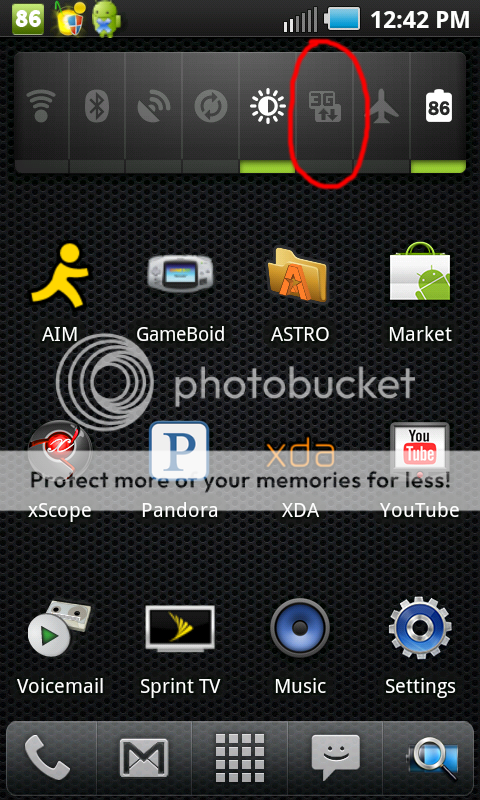In all honesty, unless you have something aggressively going online nonstop, it probably takes MORE power to have 3G networking attempts fail than to just allow them to occur and succeed quickly. Nothing will kill your battery dead faster than wi-fi, and GPS consumes shocking amounts of power (or at least the massive amounts of floating-point math needed to calculate a location based on telemetry data... the actual telemetry reception doesn't take much power, either), but you have to remember -- your phone is polling the tower for incoming calls and text messages every second or few anyway, and sending a few hundred extra bytes to make a http request every now and then isn't going to make a measurable difference to your battery life anyway.
Here's what people THINK happens when you turn off 3G data:
* Background service that polls a server every now and then wakes up, checks networking status, sees it's disabled, and goes back to sleep for another hour or more.
Here's what tends to happen instead in the real world:
* phone polls tower every second or two for new incoming call
* app attempts to send http request. Request fails, because network is disabled. App catches exception, then aggressively retries the request over and over again 10 or 20 times before finally giving up.
* Normally, app polls server once an hour or so... but because the request failed, the app goes into panic mode, and tries again a minute later instead.
* Stir, rinse, and repeat.
In other words, instead of waking up the phone for a few hundred milliseconds, sending a short extra burst of data, listening in for the response, and completing whatever it intended to do quickly so the phone can go back to sleep, it's actively flogging the phone over and over again trying desperately to succeed, and using more power in failing than it would have taken to just succeed quickly and get it over with. Even worse, you might induce an app that wakes up long enough to make a single http request every 15-60 minutes to keep trying, over and over again, at 1-5 minute intervals until it either succeeds or drains the battery.
Of course, a well-behaved app probably wouldn't flog the phone and thrash like that if the request failed. And I'm sure that out of the 70,000 or so apps you can get from Android market, there are 3 or 4 that actually DO behave themselves. It's the other 69,994 that you need to worry about ;-)










